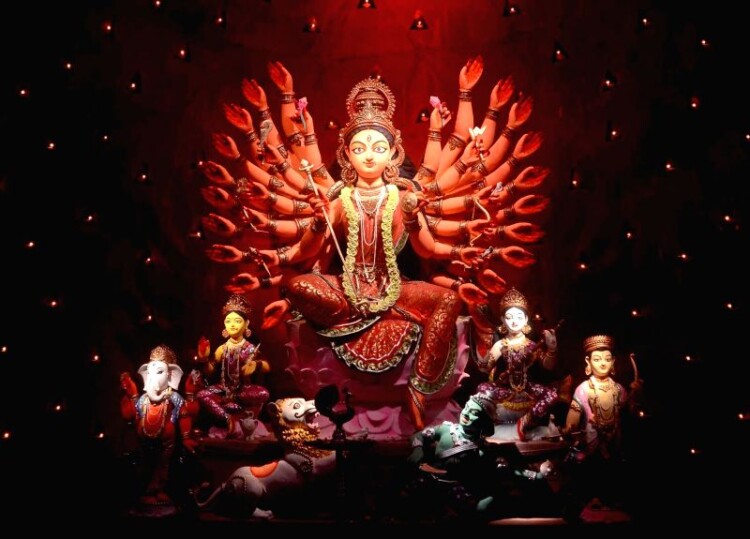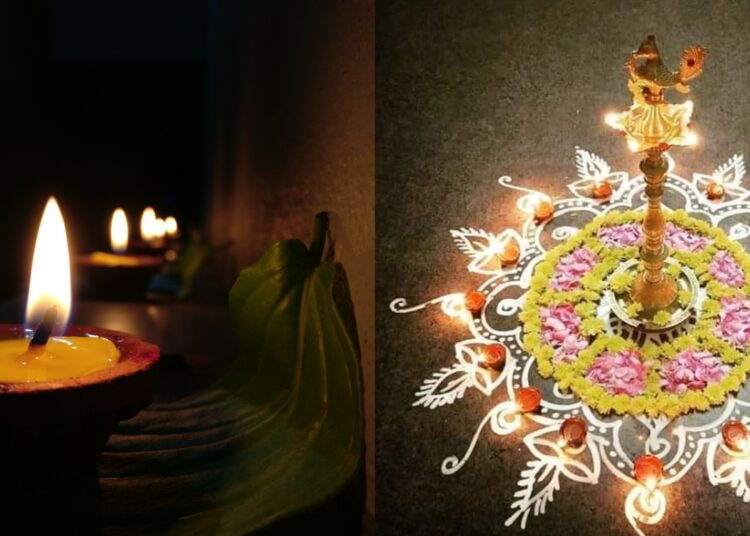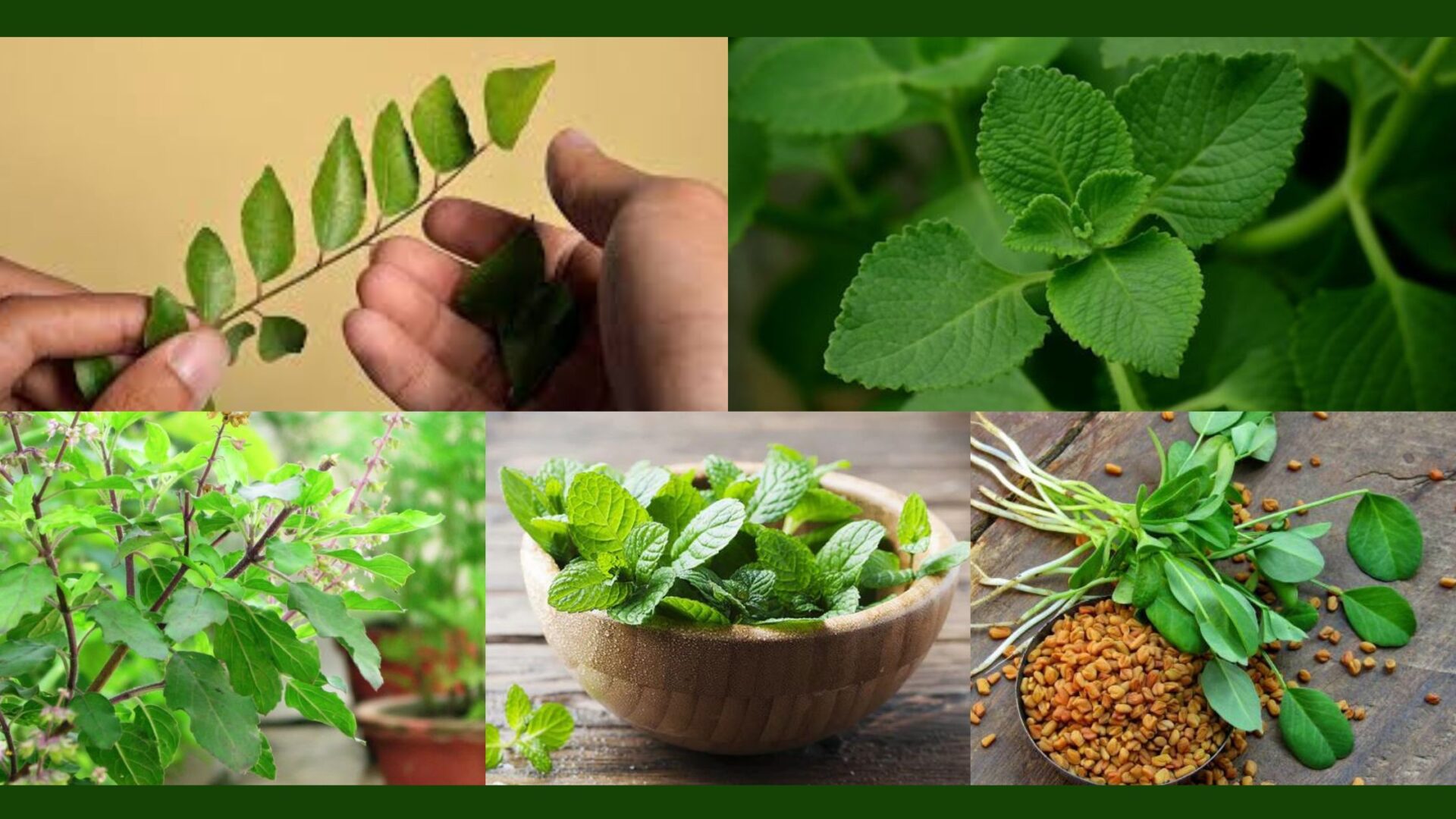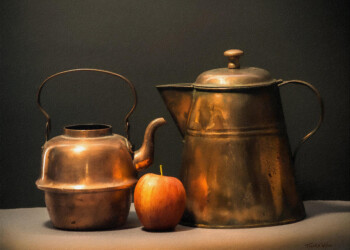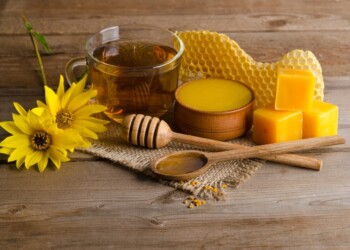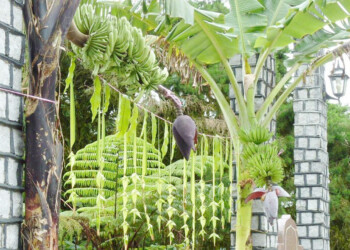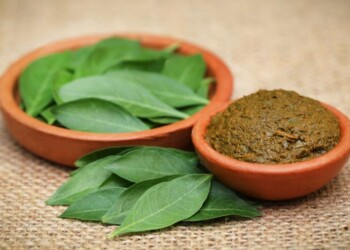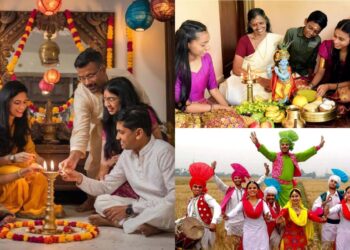Navaratri means nine nights in Sanskrit. On these nine nights, people will be fasting and offering special prayers to the Nine Forms of goddess Durga. Goddess Durga is the incarnation of Goddess Parvati. She took Devi Durga’s avatar to destroy Mahishasura.
Day 1- Goddess Shailaputri
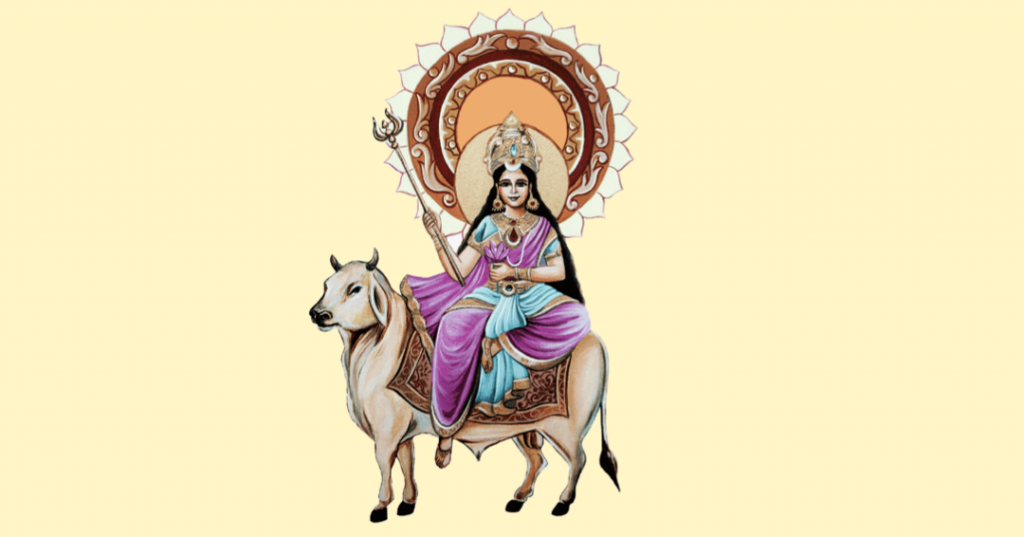
Defined as Pratipada, this day is connected with Shailaputri (daughter of the mountain), the embodiment of Parvati. It is in this aspect that the Goddess is worshiped as the consort of Shiva and she is depicted as riding a horse, nandi, with a trishul in her right hand and a lotus in her left hand. Shailaputri is known to be the primary manifestation of Mahakali.
Day 2- Goddess Brahmakarini
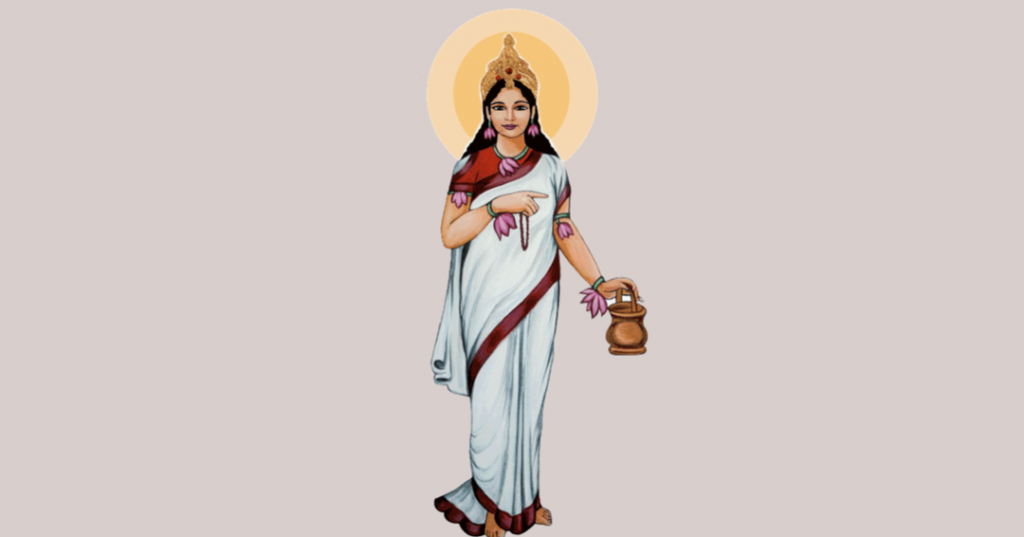
The second day of Navaratri is devoted to the goddess Brahmacharini. The goddess walks bare foot with a rudraksha mala in one hand and a holy kamandalu in the other. The meditative form of this goddess symbolises Goddess Parvati when she was engaged in a deep meditation to please Lord Shiva.
Day 3- Goddess Chandraghanta
 The name derives from the fact that Parvati after marrying Shiva, adorned her forehead with an Ardha Chandra (half-moon). She is the manifestation of grace, and she is indeed a sign of courage. She is a fierce 10-armed goddess with a crescent moon on her forehead, which gives her the name Chandraghanta. She rides on a tiger to destroy all evil and wickedness.
The name derives from the fact that Parvati after marrying Shiva, adorned her forehead with an Ardha Chandra (half-moon). She is the manifestation of grace, and she is indeed a sign of courage. She is a fierce 10-armed goddess with a crescent moon on her forehead, which gives her the name Chandraghanta. She rides on a tiger to destroy all evil and wickedness.
Day 4- Goddess Kushmanda
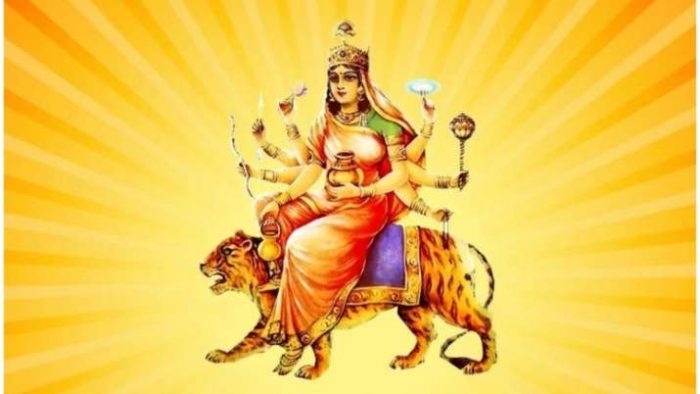
Chaturthi, or the fourth day of Navaratri is dedicated to Goddess Kushmanda. The name Kushmanda is derived from three words ku meaning little, ushma meaning warmth or energy, and anda which means egg, know as creator of the universe. Kushmanda is thought to be the artistic force of the cosmos, connected with the endowment of life on earth.
Day 5- Goddess Skandmata

Skandamata, the goddess worshiped by Panchami, is the mother of Skanda known as Kartikeya. She was seen riding a fearsome lion, having four arms, and carrying her son.
Day 6- Goddess Katyayani
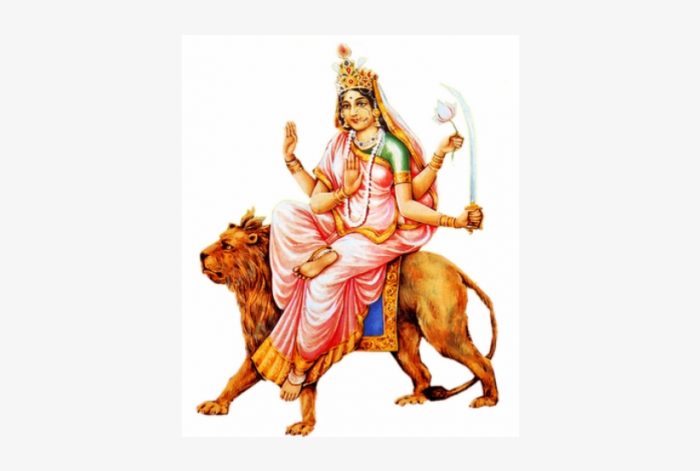
Also known as the warrior goddess, Katyayani is considered to be one of the most violent forms of the goddess Parvati. She has got four arms and she can be seen holding a sword. She is the daughter of Sage Katyayan, and she rides a lion.
Day 7- Goddess Kalaratri

Kalaratri, believed to be the most fearsome form of the goddess Durga, is worshipped on Saptami. It is believed that Parvati removed her fair skin to kill the demons Sumbha and Nisumbha. She is a four-armed god who rides a donkey, carries a sword, a trident, and a noose. She has a third eye on her forehead, which is thought to contain the whole world.
Day 8- Goddess Mahagauri
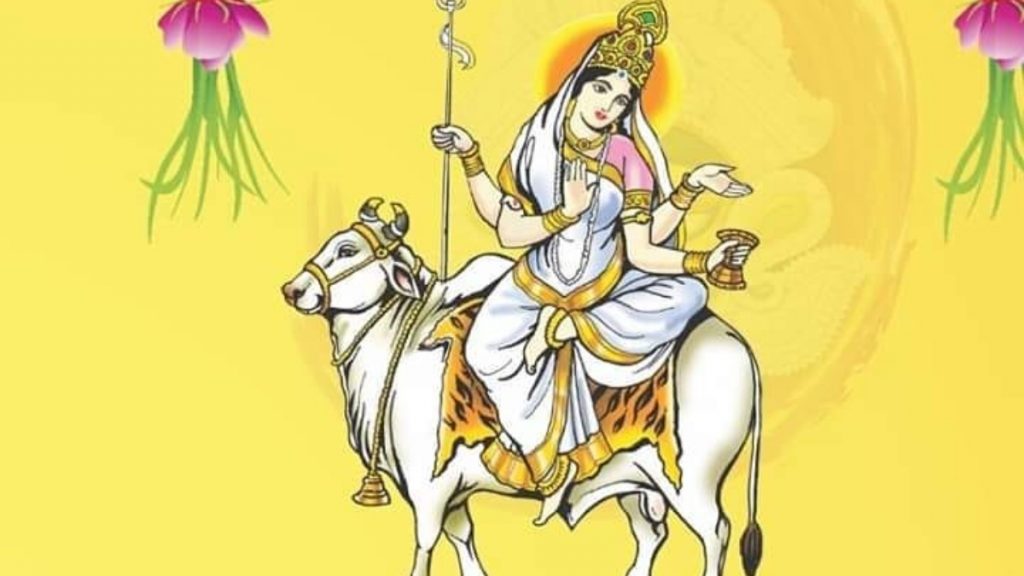
Durga Ashtami, or eight-day Navaratri, is devoted to the goddess of Mahagauri. She is a four-armed deity who rides a lion or a white elephant. She can be seen holding a trishul and a damru in her hands.
Day 9- Goddess Siddhidatri

The last day of the festival is known as Navami, where people pray to Siddhidhatri. Sitting on a lotus, she is believed to possess and bestow all types of Siddhis. Here she has four hands often known as the Goddess Sri Lakshmi. This shape of the goddess Durga implies perfection.
The Navaratri festival in India honours the triumph of good over evil. Each night is a celebration of a different female Avatar of the Goddess Durga. The festivities and customs practiced vary from region to region. People in different parts of the country celebrate the same festival differently. Although they worship the same deity, they perform different rituals.
Follow us on Instagram, Facebook or Telegram for more updates and breaking news.


